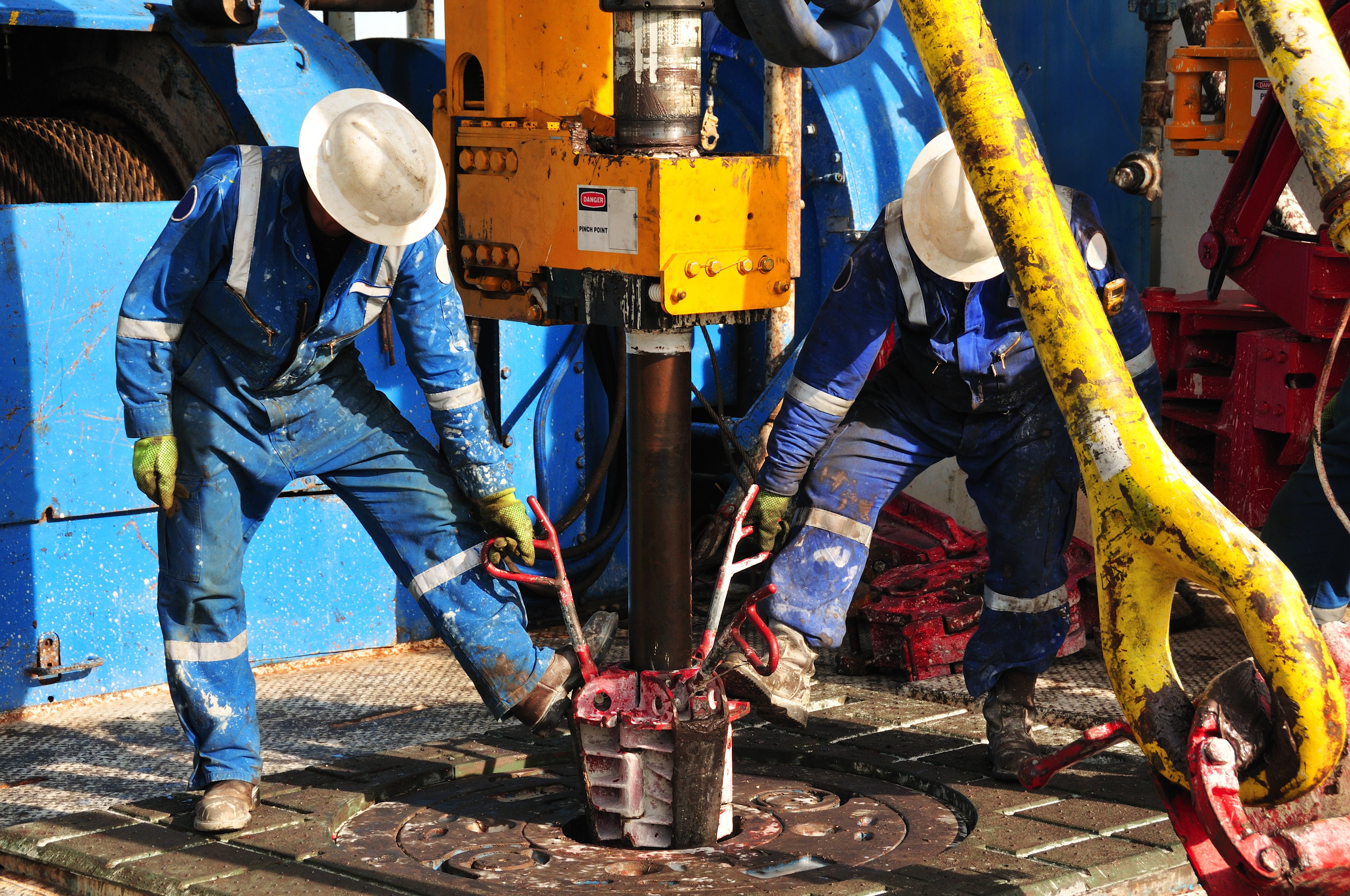Devon Energy's (DVN +5.30%) shale-fueled growth engine started gaining steam during the second quarter. Thanks to several high-rate wells, the company produced more oil than expected, which enabled it to beat expectations once again. Because of this, the company is on pace to end the year higher than expected, giving it a head start on its plans to accelerate in 2018, while allowing it to spend less money to do so.
Drilling down into the numbers
|
Metric |
Q2 2017 |
Guidance or Expectations |
Difference |
|---|---|---|---|
|
Oil Production |
238,000 BPD |
230,000 BPD to 240,000 BPD |
1.3% above the midpoint |
|
Lease operating expenses |
$8.18 per BOE |
$8.20 per BOE |
-0.2% |
|
Earnings per share |
$0.34 |
$0.32 |
6.3% |
BPD =barrels per day; BOE = barrel of oil equivalent. Data source: Devon Energy.

Image source: Getty Images.
Devon Energy produced an average of 536,000 barrels of oil equivalent per day (BOE/d) during the quarter, 44% of which was oil. Overall, production was 6,000 BOE/d above the midpoint of the company's guidance range, thanks to 8% higher output from the company's U.S. shale plays, which helped offset lower production in Canada due to planned maintenance of facilities in the oil sands. Leading the charge were robust results from the STACK play of Oklahoma, as well as the Delaware Basin of Texas, where the company completed nine wells that delivered 30-day initial rates of more than 2,000 BOE/d.
The STACK continues to produce needle-moving results for Devon and its peers. That was also evident in Newfield Exploration's (NFX +0.00%) Q2 report, which showed domestic production exceeding the midpoint of the guidance range by 4,000 BOE/d. Among the drivers of Newfield Exploration's strong results are advances in the its drilling and completion process in the STACK, which are helping wells outperform expectations.
In addition to its solid output, Devon's production costs came in slightly below guidance -- and those costs would have been even lower if it wasn't for the $20 million the company spent on maintenance work at its Jackfish 3 facility in Canada. Now that said work is completed, costs should decline further in the second half.
Efficiency gains are shining through
The stronger-than-expected well performance has Devon Energy on track to increase its U.S. oil production by 18% to 23% by the end of this year, outpacing its initial guidance for 13% to 17% higher output. What's remarkable about this acceleration is that the company can achieve it even though it plans to reduce its spending range by $100 million, bringing its budget down to between $1.9 billion and $2.2 billion. While its higher well productivity thus far is one of the factors driving the reduction in spending, the company has also undertaken innovative supply chain initiatives that have completely offset industry inflation this year.
It's worth noting that better results from the STACK are driving Devon's peers to boost their full-year outlooks as well. Newfield Exploration, for example, now expects to produce 149,600 BOE/d in the U.S. at the midpoint of its guidance range. That's 1,000 BOE/d higher than its initial estimate despite adding no additional capital to its budget. This forecast puts Newfield on pace to grow its domestic production by 8% versus last year after adjusting for asset sales.
The one number you won't want to miss
As impressive as Devon's production and earnings were this quarter, the one number that stood out in its report was free cash flow. After fully funding the drilling of new wells, Devon Energy generated $250 million in free cash, despite lower oil prices. That boosted the company's cash position to $2.4 billion, giving it quite the cushion to navigate through this rocky operating environment.
Further, that cash gives the company flexibility. If oil prices rebound sharply in the near term, Devon can quickly accelerate its drilling activities to take advantage of the improving market conditions. That upside is one more reason to consider scooping up shares of this top-tier shale driller while the market is still waking up out of its fog.






